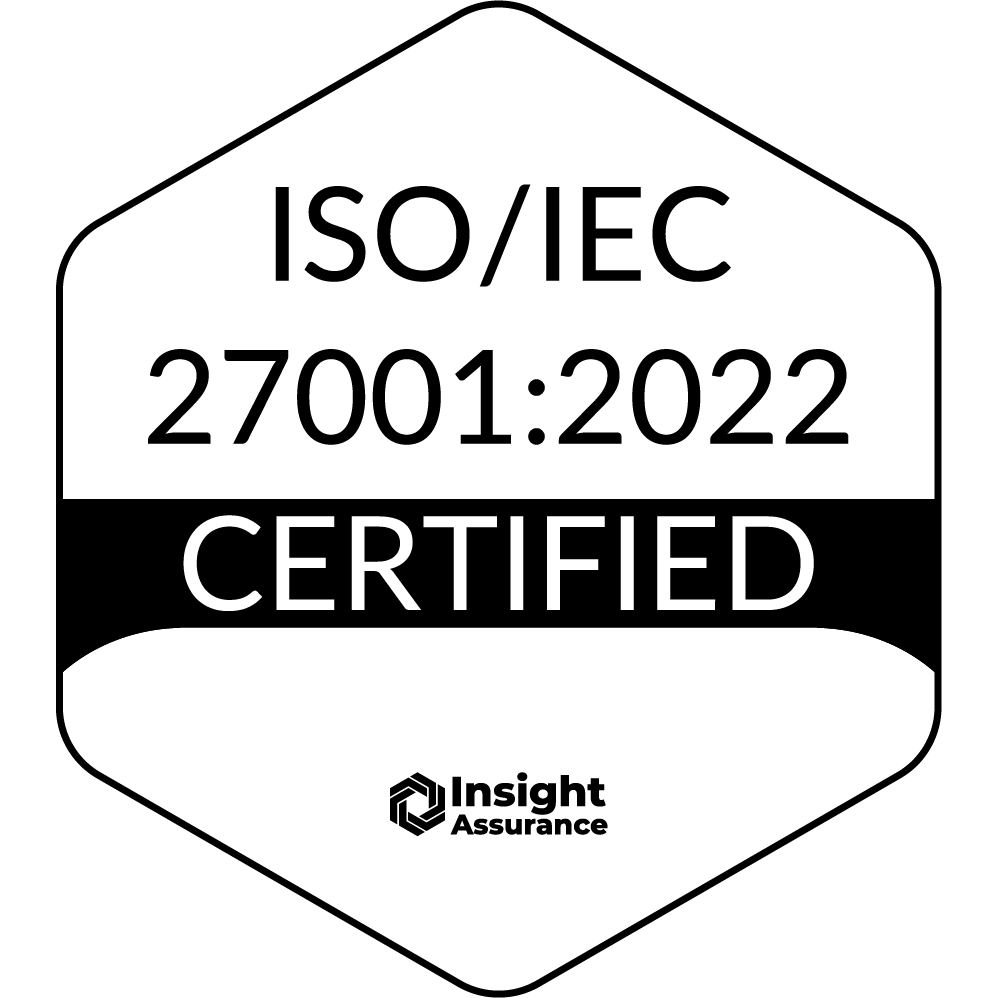AI-Powered Biosensing for Health,
Sleep & Longevity
Fullpower-AI News
Fullpower-AI December 02, 2025
Fullpower-AI November 25, 2025
Fullpower-AI November 11, 2025
Fullpower-AI November 02, 2025
October 10, 2025
September 23, 2025
September 18, 2025
Fullpower-AI September 11, 2025
AInvest August 09, 2025




